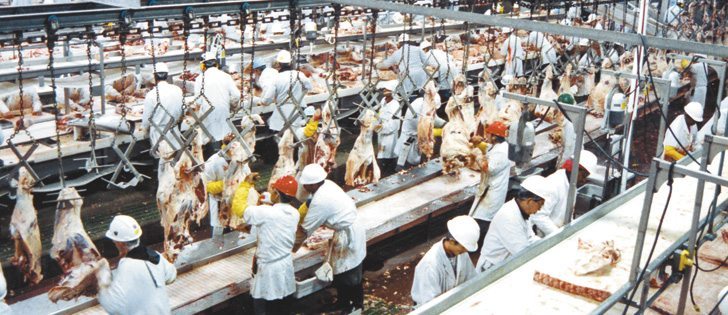Secrecy surrounding the decision-making process at the Canadian Food Inspection Agency creates a lack of transparency and arouses the suspicion of critics, speakers at a conference on genetic modification said recently.
“Transparency is a critical issue and it is where the debate (about approvals for GMO varieties) is centred,” said Peter Andrée, an assistant professor of political science at Ottawa’s Carleton University who has written about the politics of the GMO debate.
Brian Ellis from the University of British Columbia, co-chair of a Royal Society of Canada study of GMO regulation that was critical of the system in 2001, said the lack of public access to much of the information used to make CFIA decisions undermines the legitimacy of the system.
Read Also

Government, industry seek canola tariff resolution
Governments and industry continue to discuss how best to deal with Chinese tariffs on Canadian agricultural products, particularly canola.
“Nobody here would argue against increased transparency,” he said during the two-day conference organized by the Royal Society of Canada.
How can that be accomplished?
Ellis said part of the problem is that Canadian privacy laws restrict the government’s ability to publish corporate data received confidentially.
Citizens have to trust decisions reflect the best solution based on evidence.
“Transparency is restricted by laws, which restrict their ability to make public data received from companies,” he said.
“It will take political action to change the regulatory environment.”
Andrée said the Canadian “science rationality framework” relies on scientific and regulatory experts working largely in private, sometimes in consultation with private sector experts, to reach decisions.
The alternative regulatory model presented during the conference is the French “precautionary framework” that in addition to scientists involves politicians, environmentalists, farmers and lawyers in the application assessment process. Ultimately, the French agriculture ministry makes the decision.
The system is more transparent and cautious, he said.
“Neither model fully incorporates an assessment of socio-economic considerations but perhaps they should,” said Andrée.
Opposing view
The harshest critic of GMOs and the regulatory system was Lucy Sharratt, co-ordinator for the anti-GMO Canadian Biotechnology Action Network in Ottawa.
She presented “the case against GM” and argued that for the past 15 years, the Canadian government has been a largely uncritical supporter of the industry, accepting its argument that new GMO varieties will be key tools in the fight against world hunger, climate change and the energy crisis.
“The biotech industry is exploiting our fears about the future.”
Sharratt sees it in part as an issue of corporate control and a weakening of farmer power, supported by friendly government regulators.
“Corporate control is the defining feature of GM. There is a distinct lack of democracy and transparency in relation to this technology.”
She talked about the critics’ battle against development of “terminator seeds,” the controversy over proposals for GM wheat and recent turmoil in Europe over discovery of unregistered GM flax in some shipments from Canada.
“Environmental contamination is inevitable. We have warned about that from the beginning and sadly, we are being proven correct.”
Sharratt also said there is evidence that GM products can have adverse health impacts.
Ellis disputed that claim.
“There are no demonstrated human health impacts documented,” he said. And he said farmers have embraced GM crops.
Last year, the value of crops increased $750 million.
However, Ellis complained developers of new GM varieties have lost their imagination. New varieties tend to feature tinkering with existing traits rather than creating new products with health or consumer benefits.
“Innovation has really stalled,” he said.
















